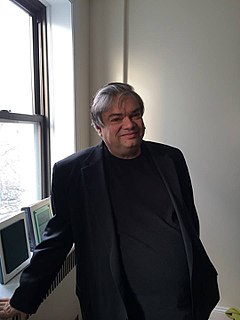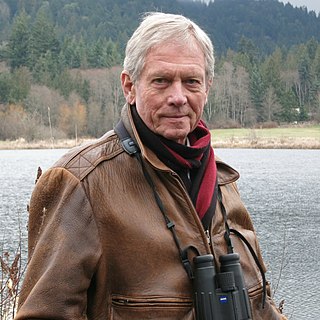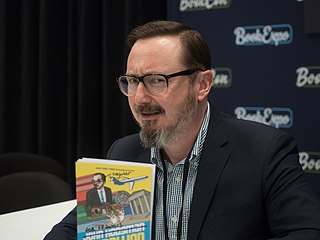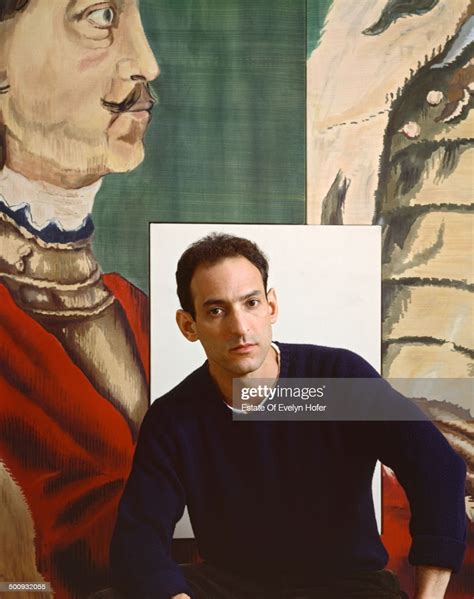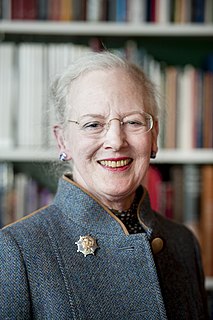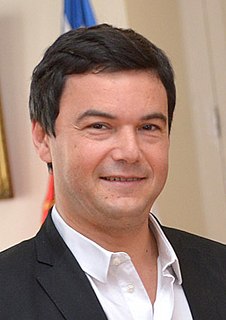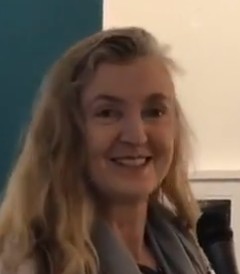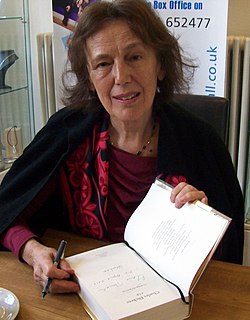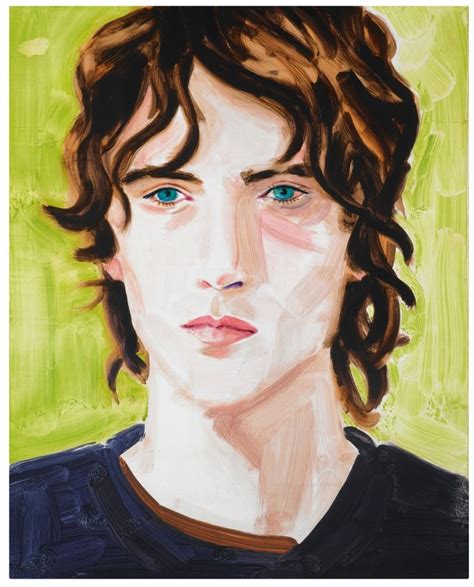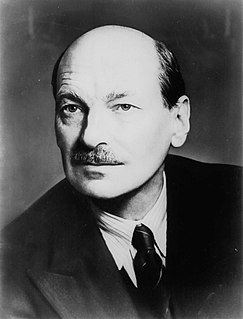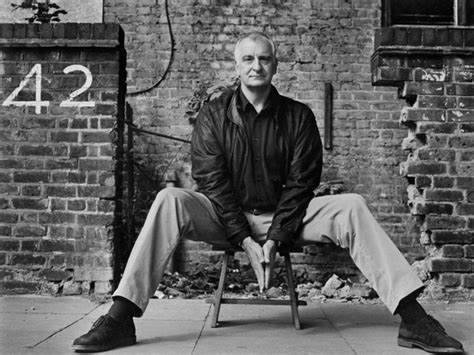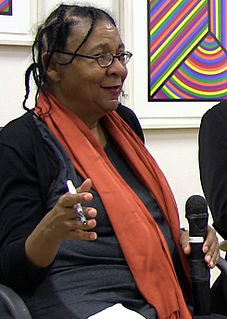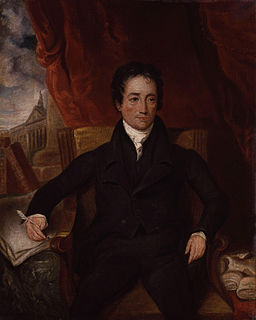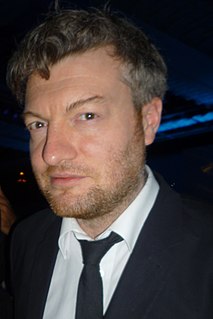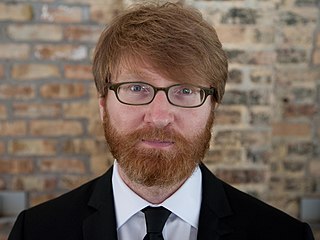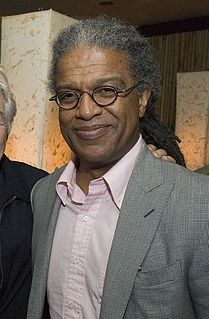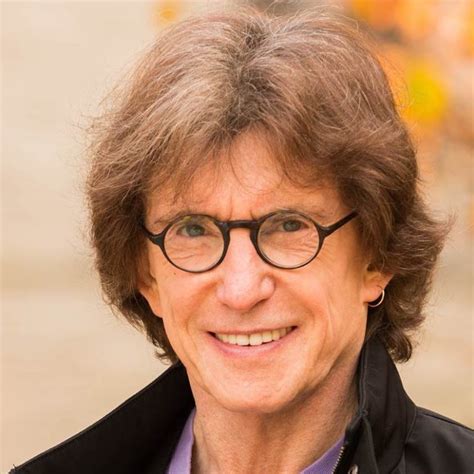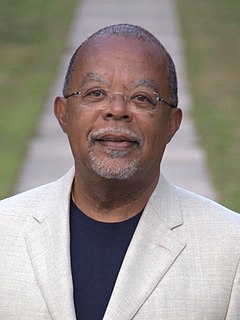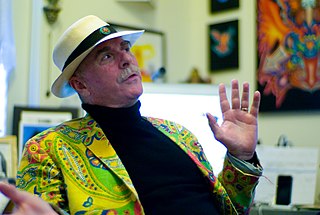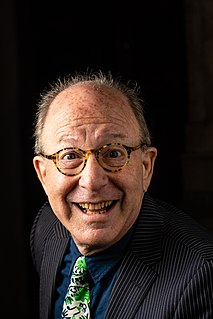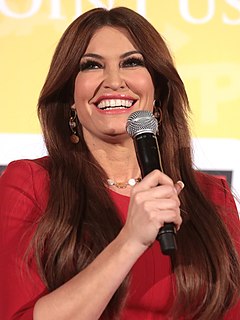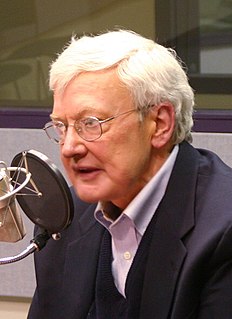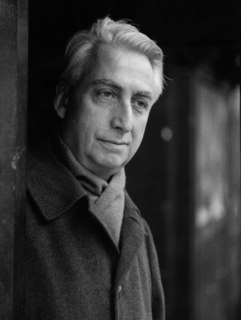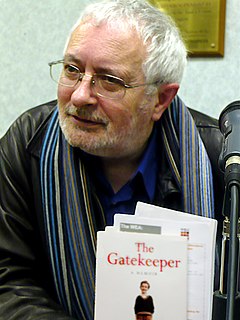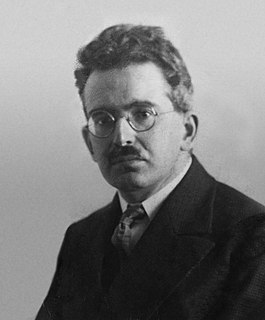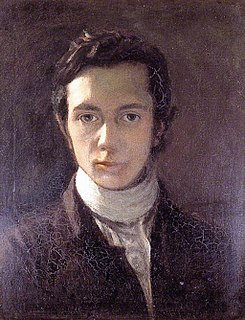A Quote by Terry Teachout
Maine likes to call itself 'America's Vacationland.' For many artists, though, it's the office. Since the 19th century, painters from all over the country - including Edward Hopper, Alex Katz, John Marin, Fairfield Porter, Neil Welliver and Andrew Wyeth - have spent large chunks of time there.
Related Quotes
I do work hard at trying to find the right expression for something, which might be like finding the right image - choosing not only the right words but down to the right number of lines. I remember being in Maine once at Colby College with Alex Katz. It houses hundreds of his works. There was a painting of just one seagull against a blue sky. I was admiring it and Alex said, "45 brush strokes exactly."
Perhaps the central question about [Eliot] Porter's work is about the relationship between science, aesthetics, and environmental politics. His brother, the painter and critic Fairfield Porter, wrote in a 1960 review of [Porter's] colour photographs: 'There is no subject and background, every corner is alive,' and this suggests what an ecological aesthetic might look like.
Directors who have inspired me include Billy Wilder, Federico Fellini, lngmar Bergman, John Ford, Orson Welles, Werner Herzog, Stanley Kubrick, Alfred Hitchcock, Francis Ford Coppola and Ernst Lubitsch. In art school, I studied painters like Edward Hopper, who used urban motifs, Franz Kafka is my favorite novelist. My approach to film stems from my art background, as I go beyond the story to the sub-conscious mood created by sound and images.
